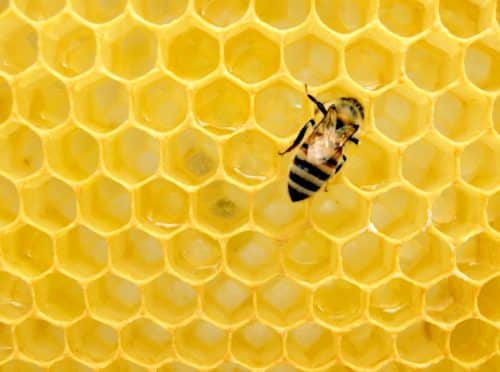Cheddar, parmesan, colot, halloumi, mozzarella, knit, curd, string cheese… Cheese is one of the most consumed food groups that we add to almost all of our meals, sometimes to our desserts. But have you ever wondered about the science of melting cheese?
Cheese is also a food that becomes more attractive when its fluidity is increased by heating and makes it more attractive when it accompanies the foods we normally consume reluctantly. Studies show that the texture of cheese affects the amount of time we consume it and the flavor level we get.
Melting cheese is better…
Experiments with chocolate cake, a pudding-like dessert, and cheese types; show that when these foods’ consistency, texture, and fluidity are changed, the sensation they leave in our mouth also changes significantly. In the experiments, two different versions of the same food were presented to the participants, who were divided into groups. Participants who ate more fluid or softer foods scored higher on the foods they consumed, and their consumption was higher than the other participant group.
Researchers think that one of the reasons for this situation is the level of effort. Because foods with a liquid or softer texture can be easily chewed compared to hard ones, their consumption requires less effort.
However, the effort required when chewing food may vary from person to person. One reason is that some people have more of the enzyme amylase, which breaks down starch, in their saliva. In this case, it can be said that individuals with abundant salivary amylase consume more voraciously cheeses made fluid by heating, as they can decompose starch faster.
Another reason for the appeal of melted cheese is its nutritional content. The mouthfeel of fatty foods, such as semi-solid or more runny chocolate and cheese, makes it easier for our brains to identify the fat content in these foods. Thus, the reward center pathways of the brain, which understand that a high-calorie food has been chewed, are activated, and the consumed food is enjoyed.














